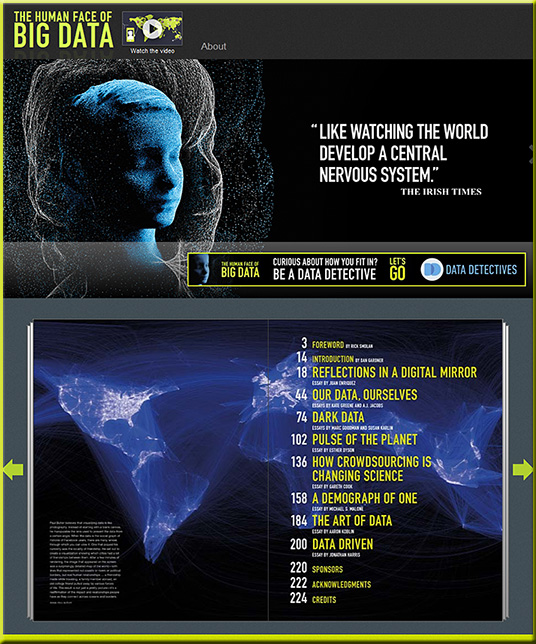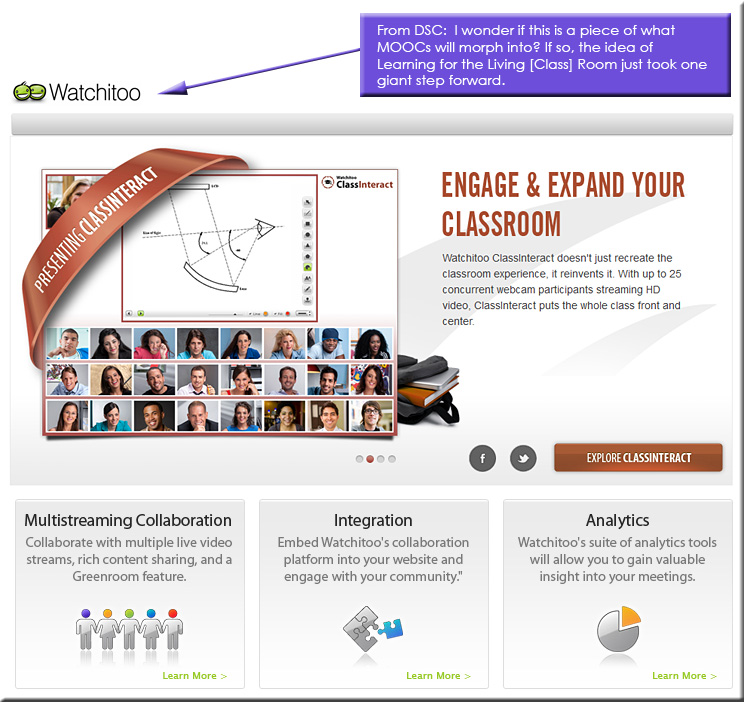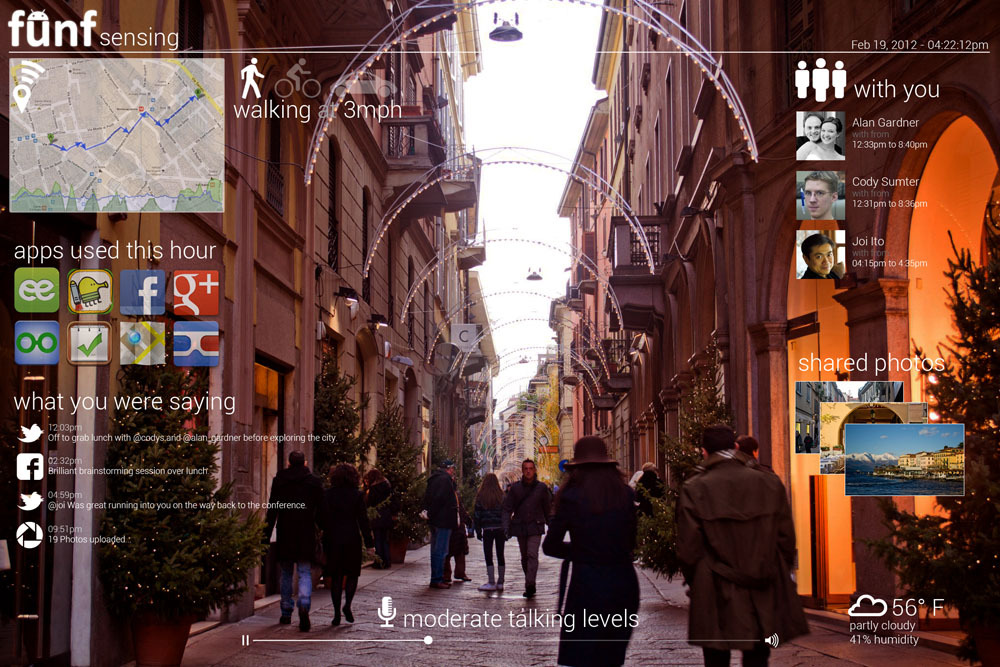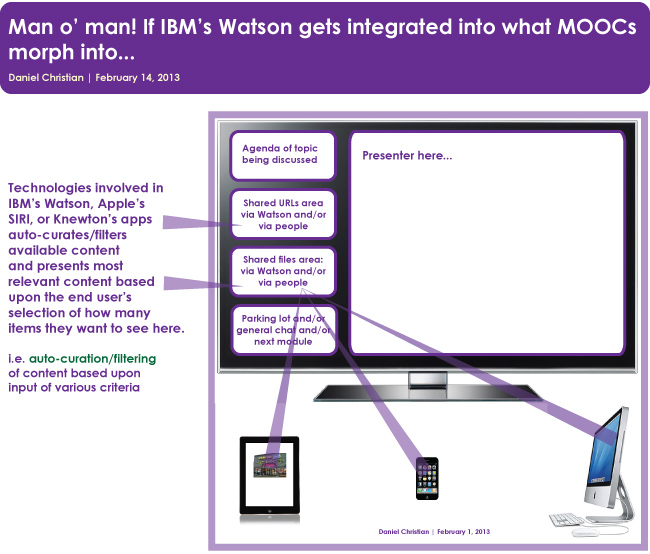About the book: (emphasis DSC):
The book contains more than 200 stunning images and compelling essays, created by a team of over 100 of the world’s most talented writers, designers and photojournalists, illustrating just some of the ways big data is already helping to shape and address many of the biggest challenges facing our planet. The concept of the book, and of The Human Face of Big Data project, revolves around the idea that our planet is developing a nervous system that many data experts believe will soon have a greater impact on our lives than the Internet. The book is accompanied by an interactive iPad app, which also launched [on 12/4/12]. This ambitious project, conceived by “Day in the Life” series creator Rick Smolan and his partner Jennifer Erwitt is made possible by primary sponsor EMC, along with support from Cisco and FedEx.
“Our goal is to help people better understand, visualize and navigate the wild and uncharted territory of Big Data,” said Rick Smolan. “Big Data is just that – BIG. But, it’s a term that is largely misunderstood and difficult to explain. This book and the accompanying interactive iPad app are designed to take readers on a journey of discovery about a topic that is going to completely transform the world our children will inherit. It’s already enabling our kids to live healthier and happier lives; providing our seniors with independence while keeping them safe; helping us conserve our precious resources like water and energy; allowing us to peer into our own individual genetic makeup, and soon may allow us to alter our own species. All this and we’ve barely scratched the surface of what’s possible.”










![The Living [Class] Room -- by Daniel Christian -- July 2012 -- a second device used in conjunction with a Smart/Connected TV](http://danielschristian.com/learning-ecosystems/wp-content/uploads/2012/07/The-Living-Class-Room-Daniel-S-Christian-July-2012.jpg)



![Adaptive machine learning for real-time streaming [Microsoft Research]](http://danielschristian.com/learning-ecosystems/wp-content/uploads/2013/03/AdaptiveMachineLearning-Mar2013.jpg)



